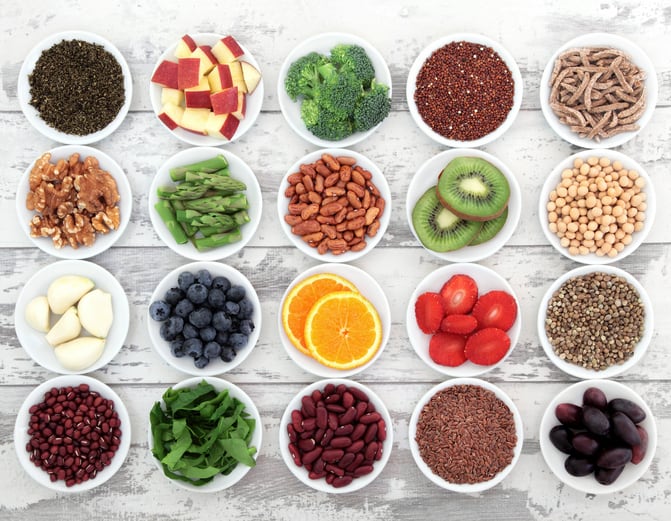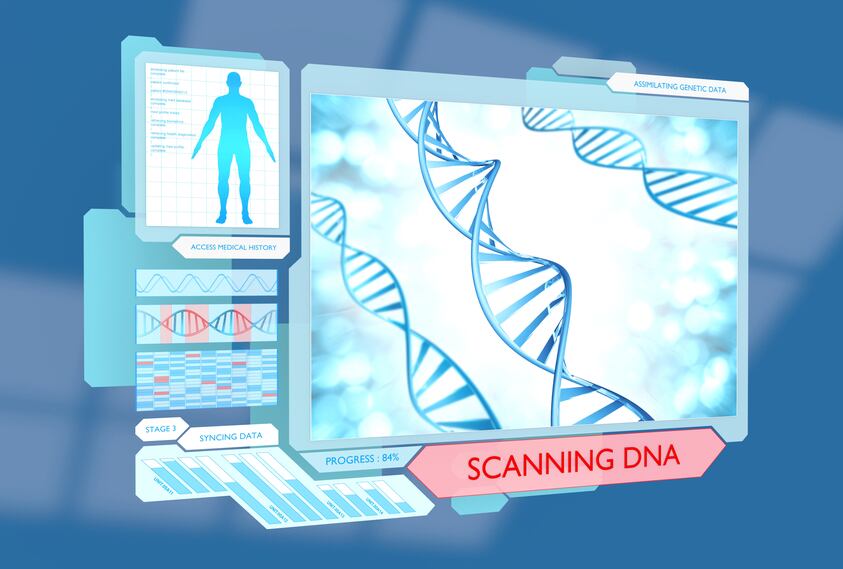Today, the average individual faces a ‘nutritional cacophony’ when navigating food choices. He or she might feel encouraged to eat chocolate because of the powerful antioxidants in cacao despite the high sugar and fat content, or a breakfast cereal that is fortified in vitamins but contains 50% sugar.
According to Bernard Lavallée, nutritionist, researcher and author based in Montreal in Canada, selling a food product based on its ingredients and superfoods is a form of

nutritionalism, which makes people dependent on specialists and nutrition ‘gurus’.
“It’s as if, as a society, we accepted that to be healthy we need to eat things that we can’t see, taste, smell or measure,” he told attendees of SIAL in Paris last week.
The result, Lavallée said, is that people are lost and don’t have the “corporal tools” to distinguish what is healthy or not.
Lavallée explained why our society should stop focusing so much on nutrients, and four pieces of advice to food manufacturers wanting to make healthy processed food.
1. Humans don’t live in laboratories
Firstly, most nutrition studies are conducted in laboratories where food intake is controlled or participants are simply given a supplement that contains, say, a raspberry extract antioxidant, rather than whole raspberries.
“We do not live in a laboratory, we eat food and not food extracts,” Lavallée said.
2. Health problems are multi-factorial
According to Lavallée, the discovery that the disease scurvy can effectively be cured with vitamin C supplementation has led people to see vitamins as “miraculous” cures for disease.
The biggest non-communicative diseases today, however, are not scurvy or beriberi (caused by a chronic lack of thiamine) but cancer, diabetes and cardiovascular disease.
“These are multifactorial problems that go beyond diet and we will not find one cure for them. But today we continue to think about our health problems in the same way.”
3. Food is more than just the sum of its nutrients
Oranges contain vitamin C, milk is full of calcium and bananas are a good source of potassium.
“Why is it so fixed in our heads that a banana equals potassium?" Lavallee asked. "We have these associations but a banana is more than just potassium. In fact, it is 99.99% not potassium. A food contains hundreds of molecules so we need to stop thinking of them this way,” Lavallee said.
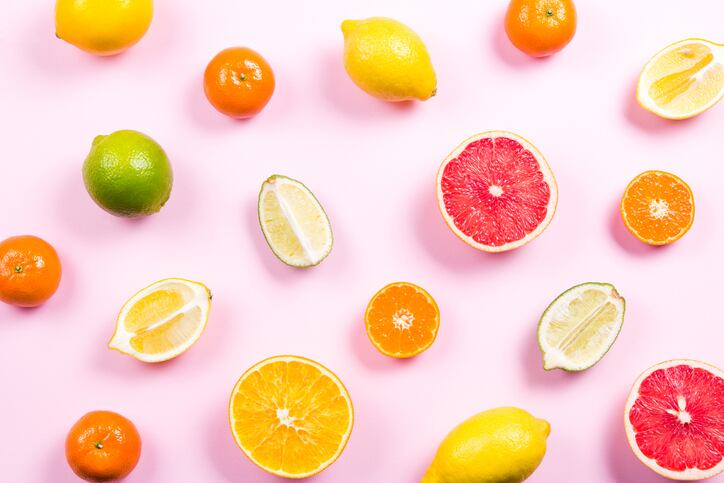
4. Food is alive
“In Quebec, we grow 12 different varieties of apples. Between the apple variety that contains the least vitamin C and the one that contains the most, there is a one-hundred-fold difference."
What’s more, Lavallee added, this difference can even exist on the same tree. An apple growing on the end of a branch does not have the same nutritional content as an apple growing next to the trunk.
“Food is alive and the way we grow them has an enormous influence and, when we eat it, we can’t know what or how many nutrients we are ingesting."
5. What you eat is not necessarily what you absorb
“Even if we were able to control what we put into our mouths from a nutritional perspective, we don’t know what will be absorbed,” said Lavallée, giving the example of almonds.
If you take the same quantity of almonds and eat them in whole, paste or oil form, you will not absorb the same quantity of calories. The nutrients in the almond butter and oil are absorbed better because they are almost ‘pre-digested’, he added.
6. Nutrients interact together
Iron found in meat is better absorbed than iron in vegetables, and so to increase the bioavailability of plant-based iron, the vegetables can be eaten in conjunction with vitamin C, which aids absorption.
“If you read up on this, you’ll find articles telling you to make a beautiful salad with spinach leaves and orange slices or a dressing with lemon juice.
“But this is just one example of nutrient interaction that we have discovered. We eat thousands of molecules at the same time and have no idea of how they all interact.”
7. Processing can change the effects of nutrients
Transforming foods can massively alter their nutritional content. Take the example of butter and margarine, Lavallee said.
Back in the 1950s, the discovery that butter contains saturated fat that may be unhealthy, the public was urged to buy margarine, made with ‘heart-healthy’ plant and seed oils, such as sunflower, palm and soy, that are high in unsaturated or polyunsaturated fats.
In order to solidify these liquid oils and turn them into a spreadable paste, however, manufacturers needed to partially hydrogenate them.
Margarine made with partially hydrogenated oils (PHOs) were, for decades, promoted as a healthy choice until the discovery they contain dangerously high levels of industrially produced trans fatty acids, known to cause cardiovascular disease.
“These were fats that we thought were good but processing turned their healthy properties into very unhealthy ones. PHOs are now banned in Canada which is great from a public health point of view but today margarine is still solid and it’s because manufacturers use a process called interesterification. We are creating new molecules that don’t exist elsewhere.
“[These products] are not necessarily bad just because they are made by industry but we are creating new molecules and have no idea of the effects. In 10 years, will we be saying that inter-esterification creates undesirable molecules too?”
8. Deficiencies are rare
Carrots help you see in the dark. Right? Wrong, said Lavallée – unless you are deficient in vitamin A, in which case supplementing your diet with vitamin A-packed carrots will help return your sight to its normal function.
“But it won’t improve your vision beyond its normal function and past the deficiency,” he said. “There is so much focus on vitamin and minerals and we all think we are deficient but this is absolutely not a problem from a public health point of view.”
How should we classify the food we eat?
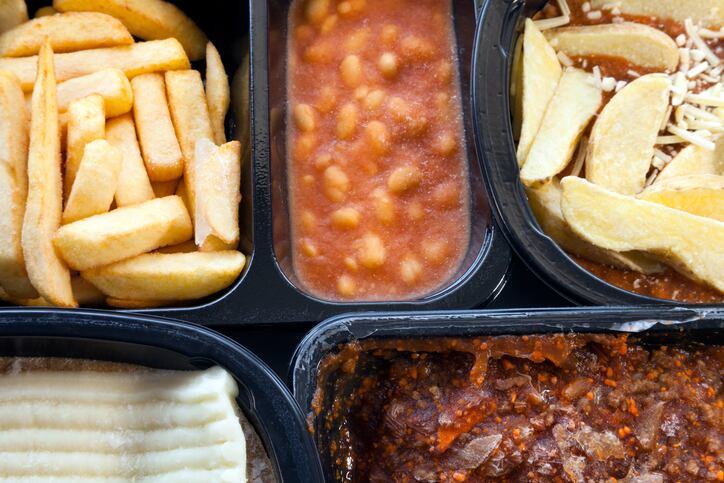
So what does all this mean for processed food manufacturers? According to Lavallée, it means that rather than analysing food products by their composite nutrients, we need to see them for what they are – whole food products.
Lavallée prefers to look at food according to its degree of processing.
The NOVA classification system, devised in 2009, includes four groups:
Unprocessed or minimally processed foods in group one include fresh, dry or frozen fruit and vegetables; packaged grains and pulses; flours made from corn, wheat, rye; pasta; eggs; fresh or frozen meat and fish and milk.
Group two includes processed culinary ingredients such as sugar, oils, fats, salt and other substances extracted from foods or nature used to season and cook.
Group three is made up of processed foods such as vegetables in brine, fruits in syrup, salted meat and fish, cheese and freshly-made unpackaged breads.
Ultra-processed foods in group four contain soft drinks, packaged snacks and confectionery; mass-produced packaged breads; reconstituted meat such as hot dogs and chicken nuggets, instant soups and noodles and industrially pre-prepared pizzas, pies and ready meals. They are often high in salt, fat, sugar, preservatives, flavours and colours.
People in industrial countries are eating increasing amounts of ultra-processed foods (to the point where one calorie out of two eaten in Quebec now comes from an ultra-processed food or drink, Lavallee said) and the associated health problems – obesity, type 2 diabetes and cardiovascular disease – are increasing accordingly.
“The error in the past has been to try and look for the ‘bad guy’ that is causing our health problems. So for decades, we declared war on fat, and industry responded by developing products that are ‘light’, ‘diet’, ‘fat-free’ etc.”
To keep these diet products tasty, however, manufacturers added sugar, turning supposedly healthy products into unhealthy ones.
“This is an example of a nutritionism error. We tried to replace a bad nutrient with a better nutrient. But a bad nutrient doesn’t exist.”
Bad diets do exist, however, and population studies have shown a “clear association” between diets high in ultra-processed foods and high rates of non-communicable diseases such as obesity, Lavellee said.
“They aren’t bad because they contain too much sugar, fat or an additive. It’s the entirety of these components that seem to be at fault.”
The ultra-processed backlash?
In 2014, Brazil became the first country in the world to base its national dietary guidelines on the NOVA system. Number one on its 10-point list of recommendations is ‘Make natural or minimally processed foods the basis of your diet’.
'A really big challenge'
Reducing our reliance on ultra-processed food is "a really big challenge for the industry", said Lavallée, who had four pieces of advice to offer manufacturers.
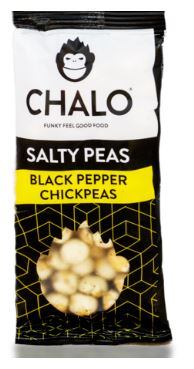
Firstly, stop relying on ‘star nutrients’ or superfoods. “In the short-term, it might be helpful to say your product contains omega-3, probiotics or chia seeds but in the long-term, this kind of trend is not helpful.”
As consumer awareness increases, the backlash against these kinds of marketing-driven claims risks will be bigger than any benefits they bring, he warned.
Manufacturers should also add more fresh ingredients to their products and try to make fresh products more fun, accessible and convenient and without adding salt, sugar, fat and additives.
Finally, foods should be processed in a minimal way that is less detrimental to the matrix. An apple that is turned into apple juice, for instance, changes its matrix from solid to liquid, which also removes the fibre, for instance.
Best in class
It is also possible to make processed foods that are healthy.
Lavallée picked out four praiseworthy products he saw at SIAL: Italian company Pedon makes rice and pasta entirely from 100% pulse flour such as lentils and peas that can be prepared in under 10 minutes.
Colombia-headquartered Betters International makes freeze-dried fruit popsicles under its BeKids brand, using whole mango, pineapple or banana and
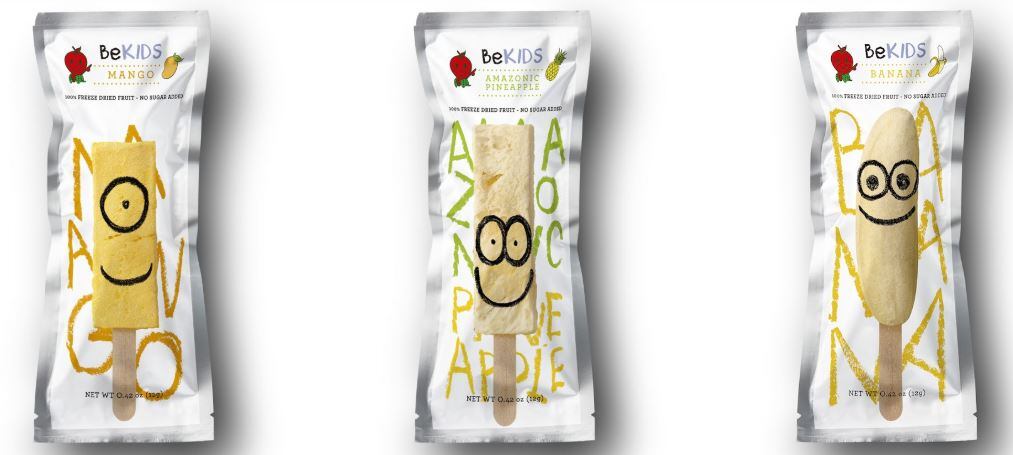
nothing else.
Belgium’s The Chalo Company takes whole pulses such as peas that it grills and lightly flavours for a healthy snack on-the-go.
The nutritionist applauded these manufacturers for creating products that are convenient and easy for consumers to use; in fun and novel formats and are made with fresh, whole or minimally processed ingredients.
“These are the kind of products that are going to be encouraged by governments,” he added.

